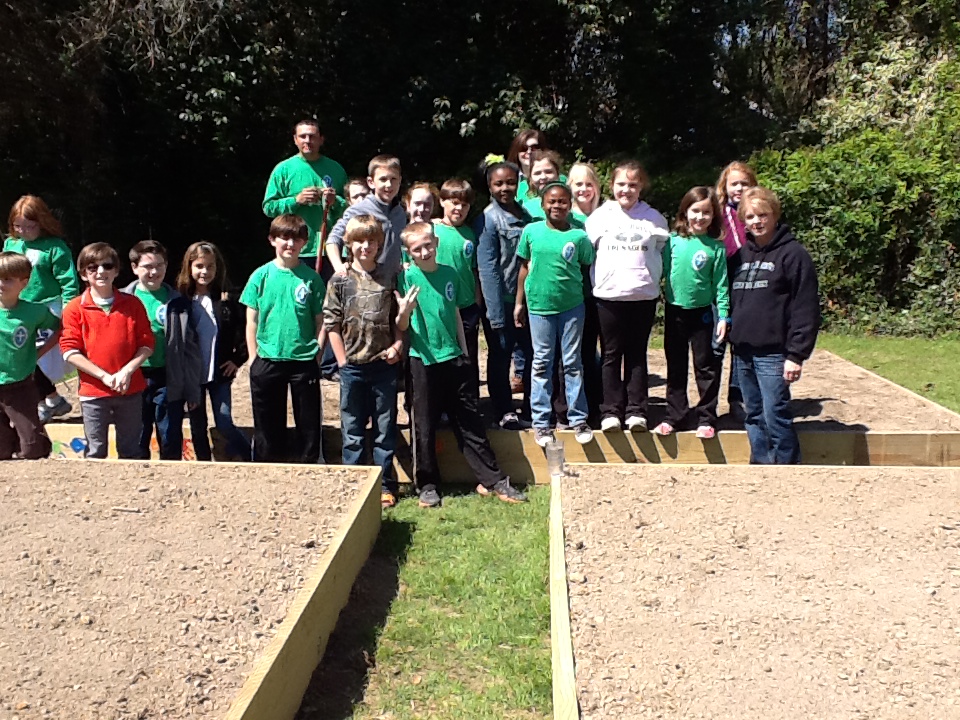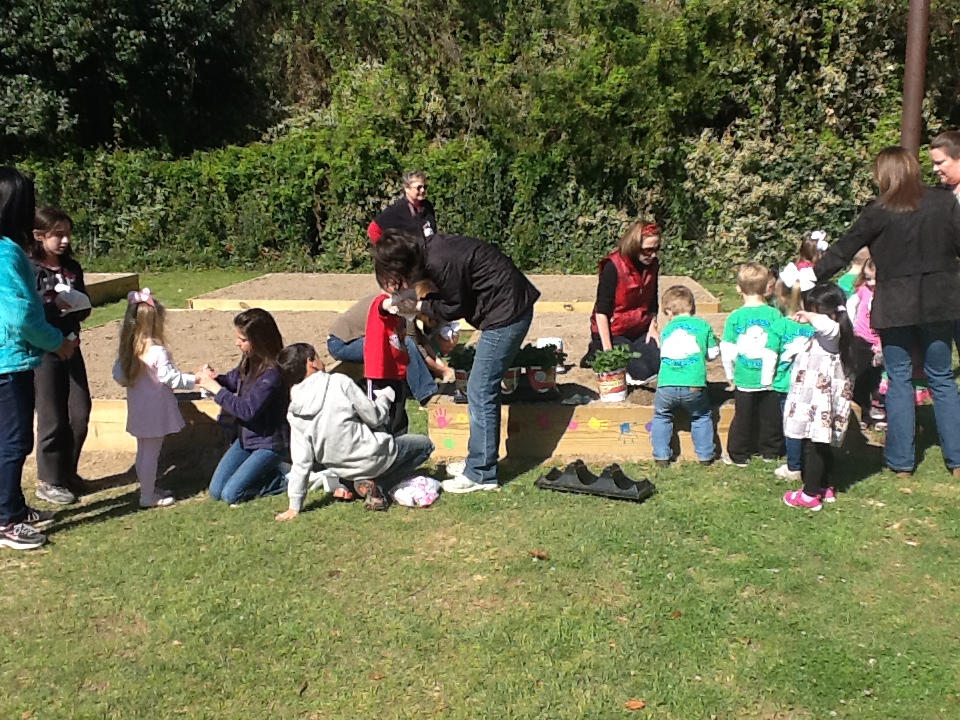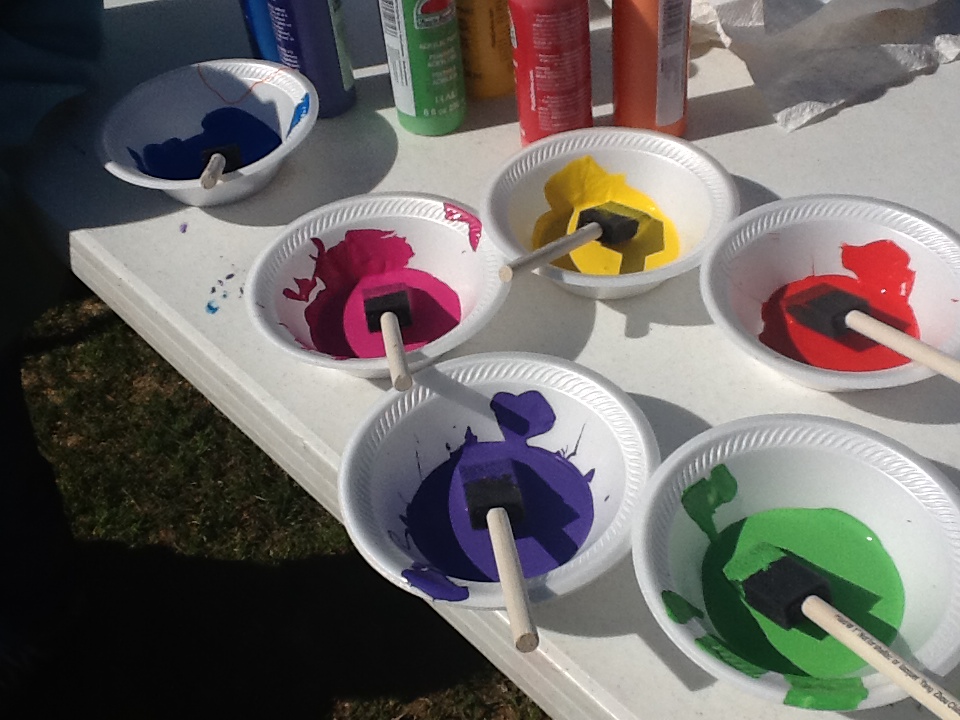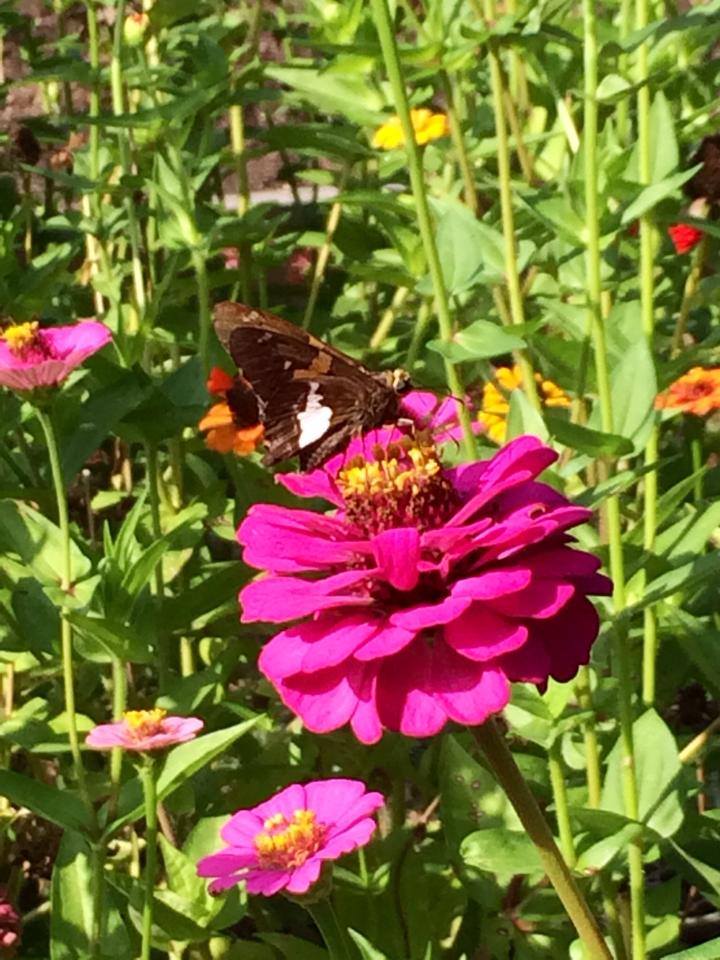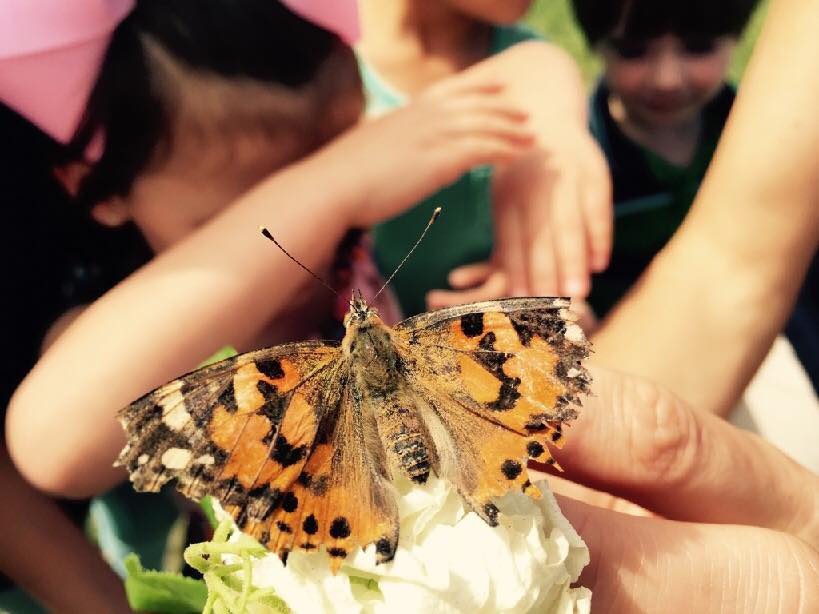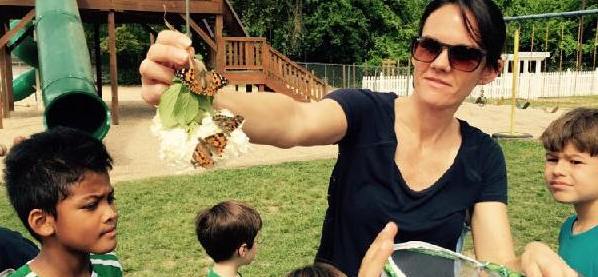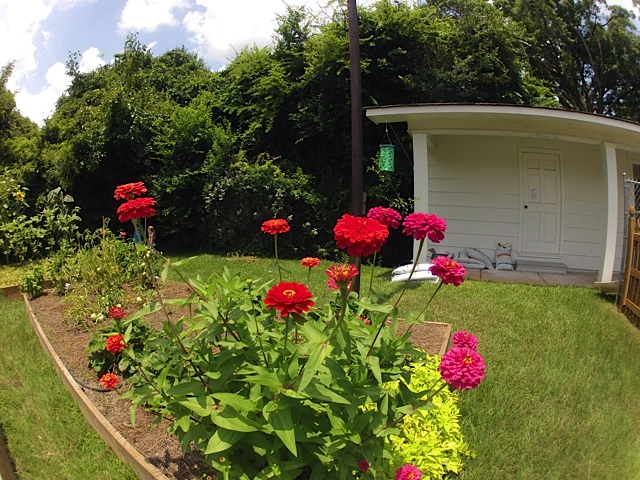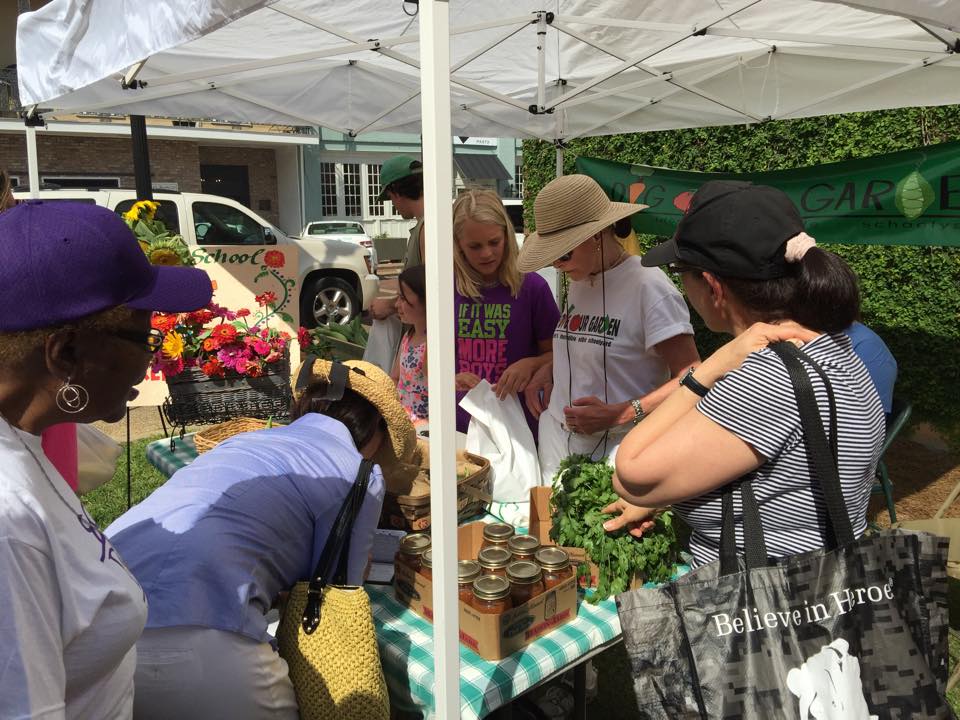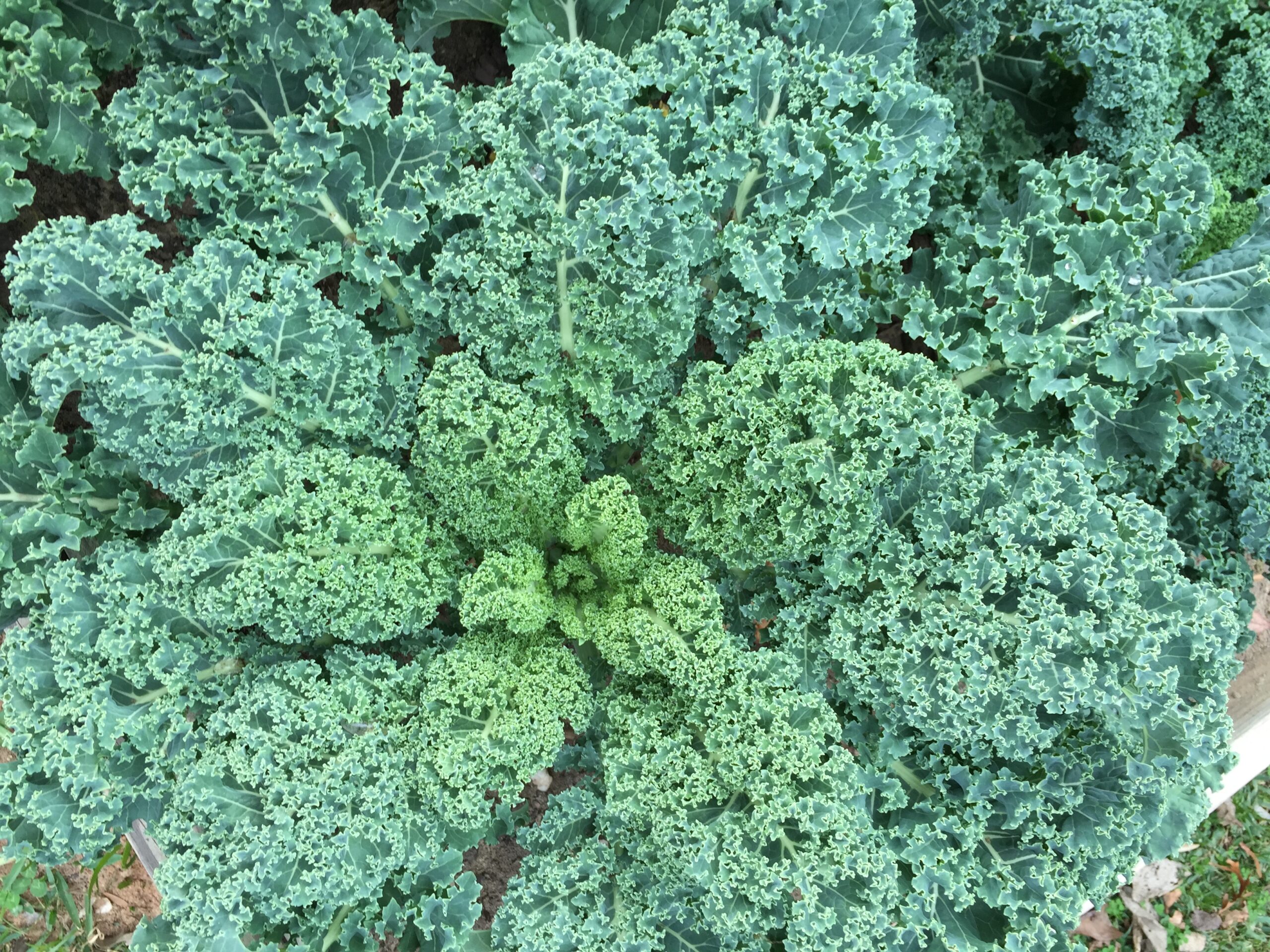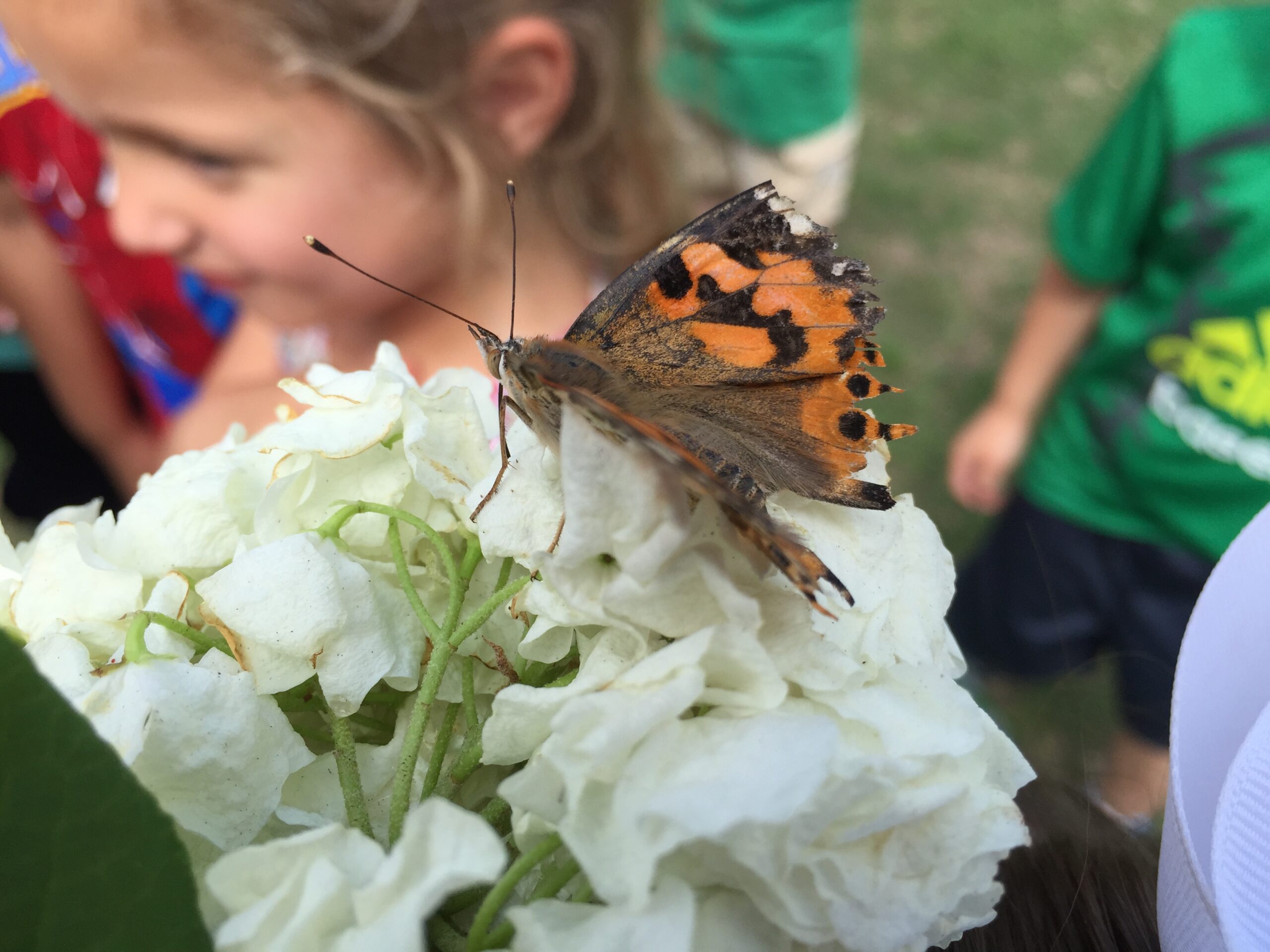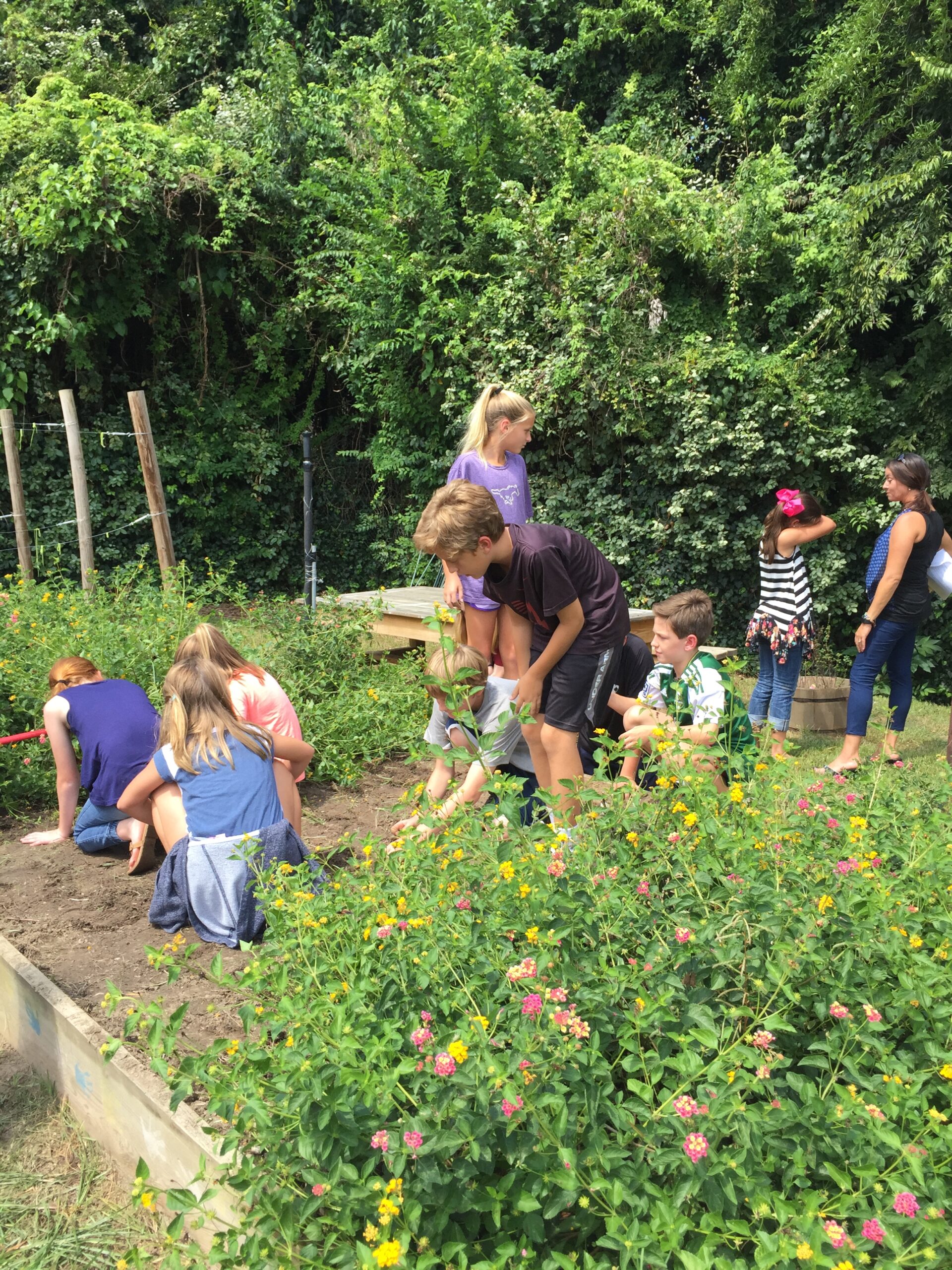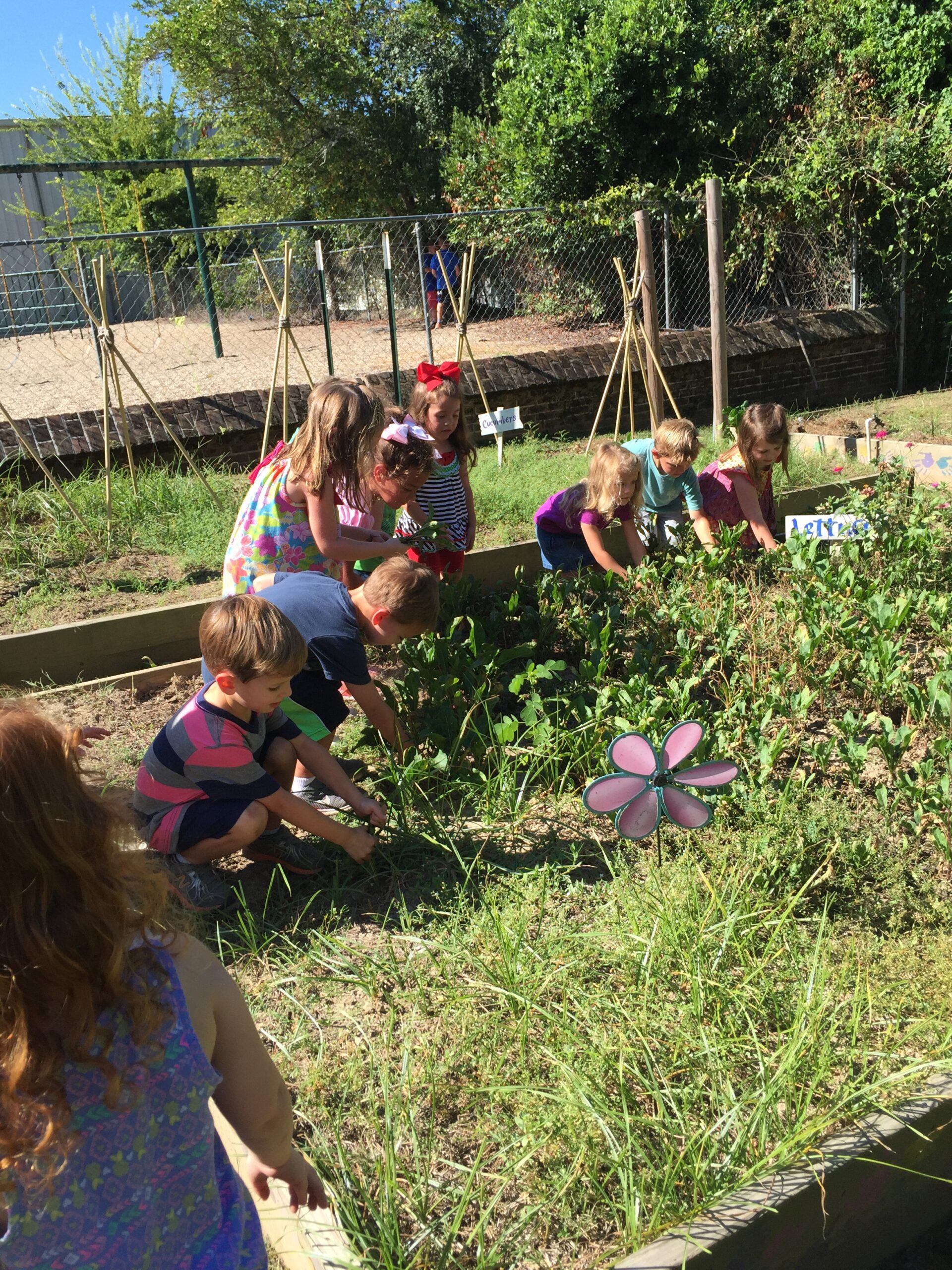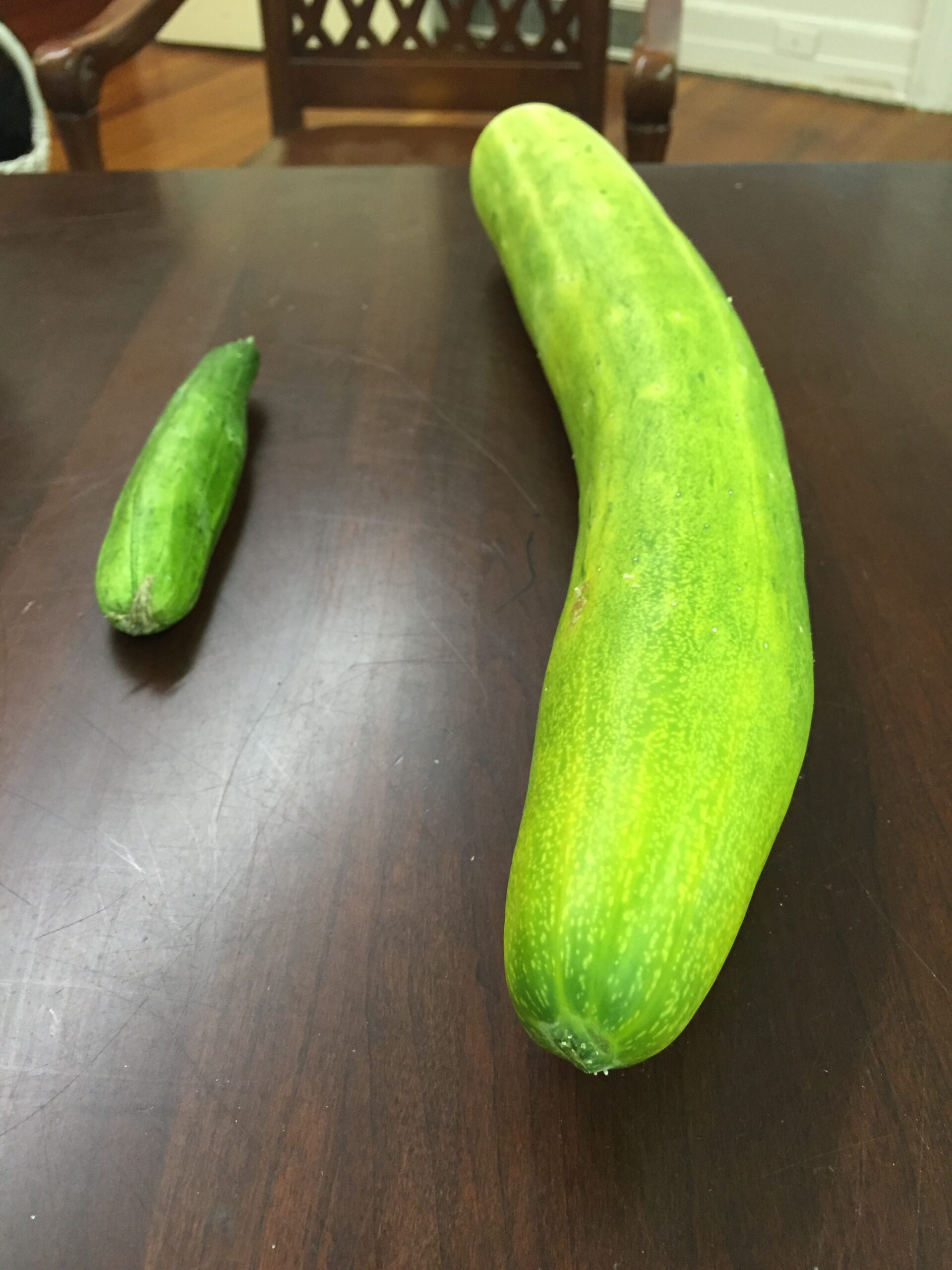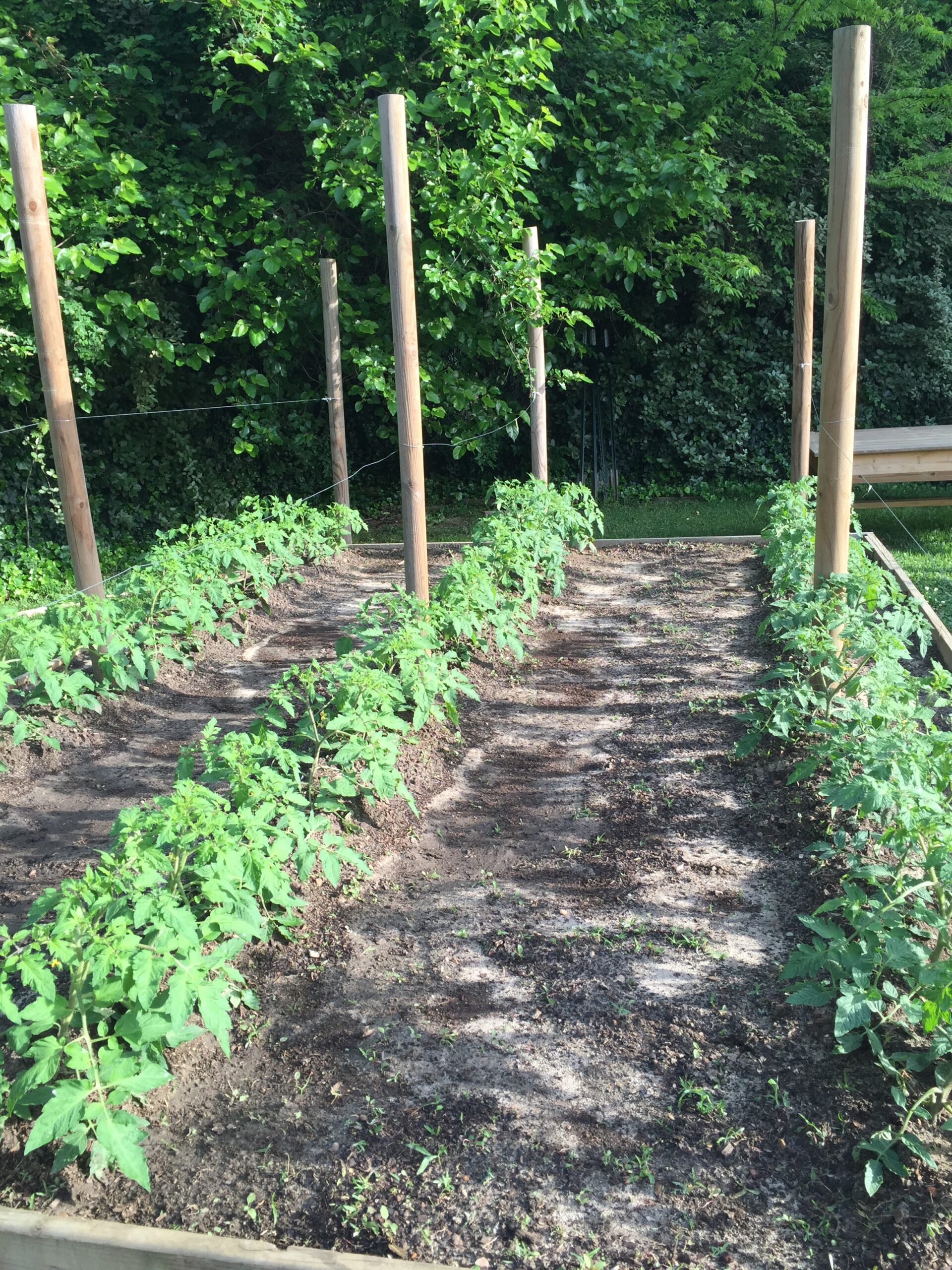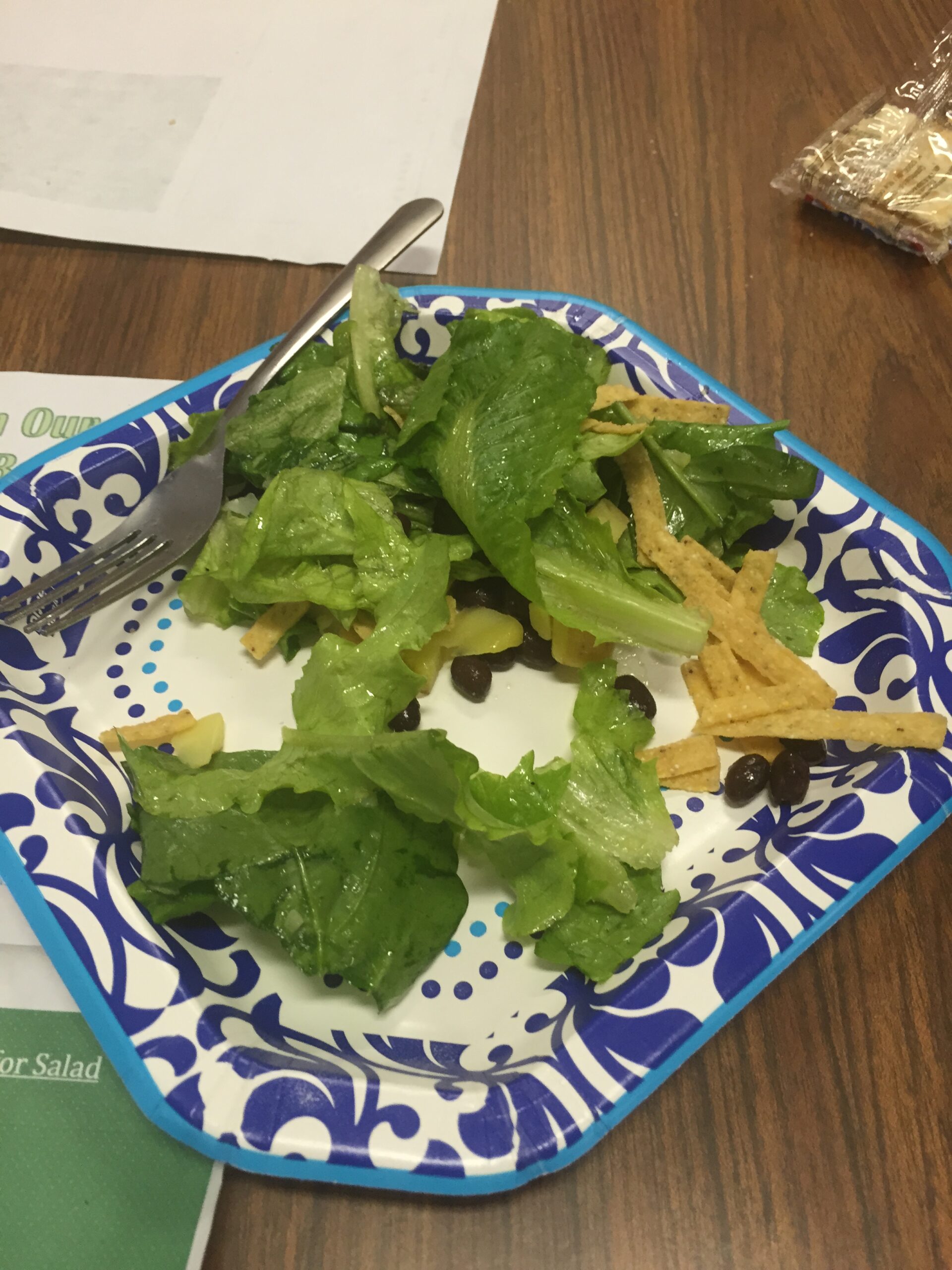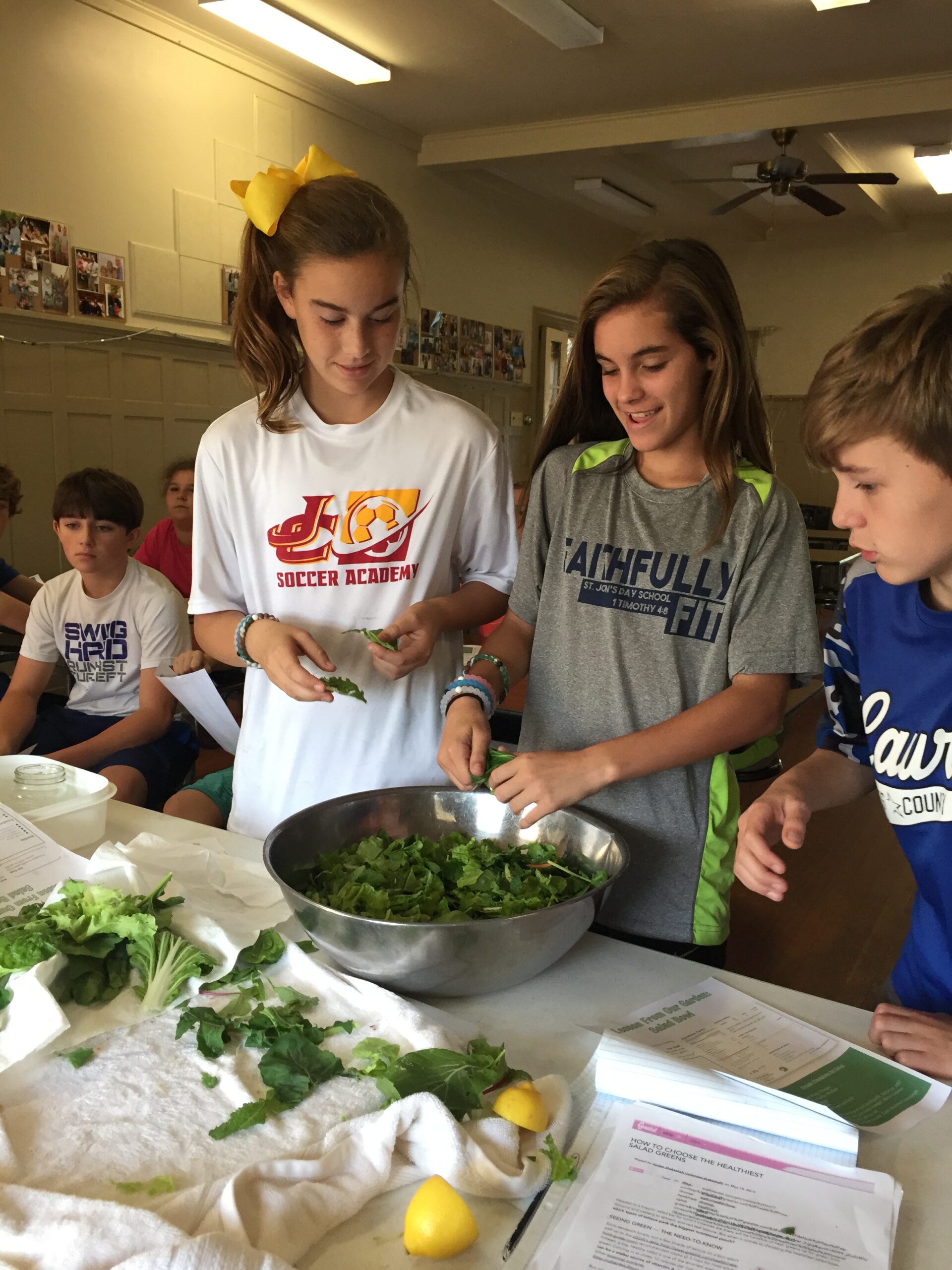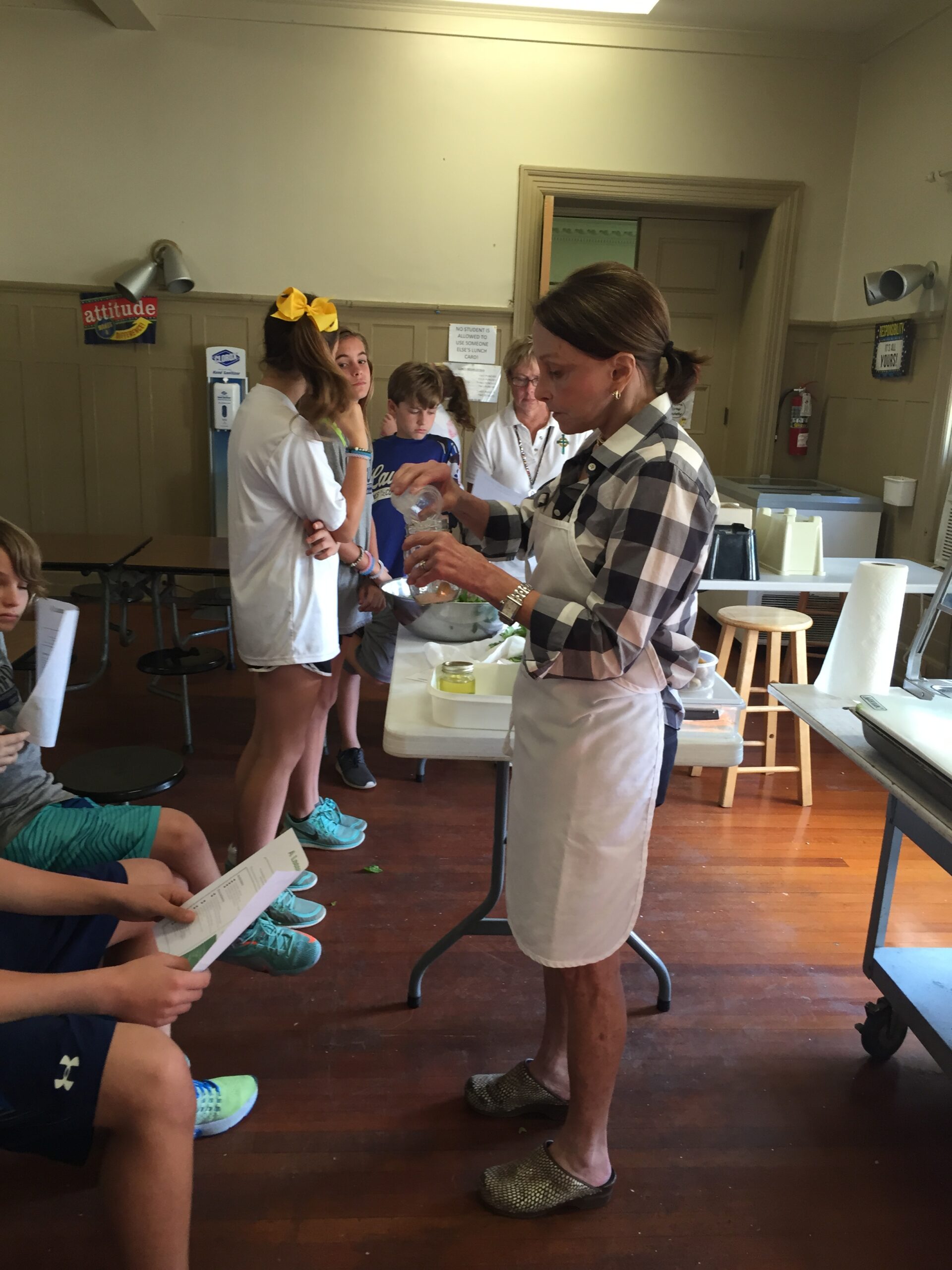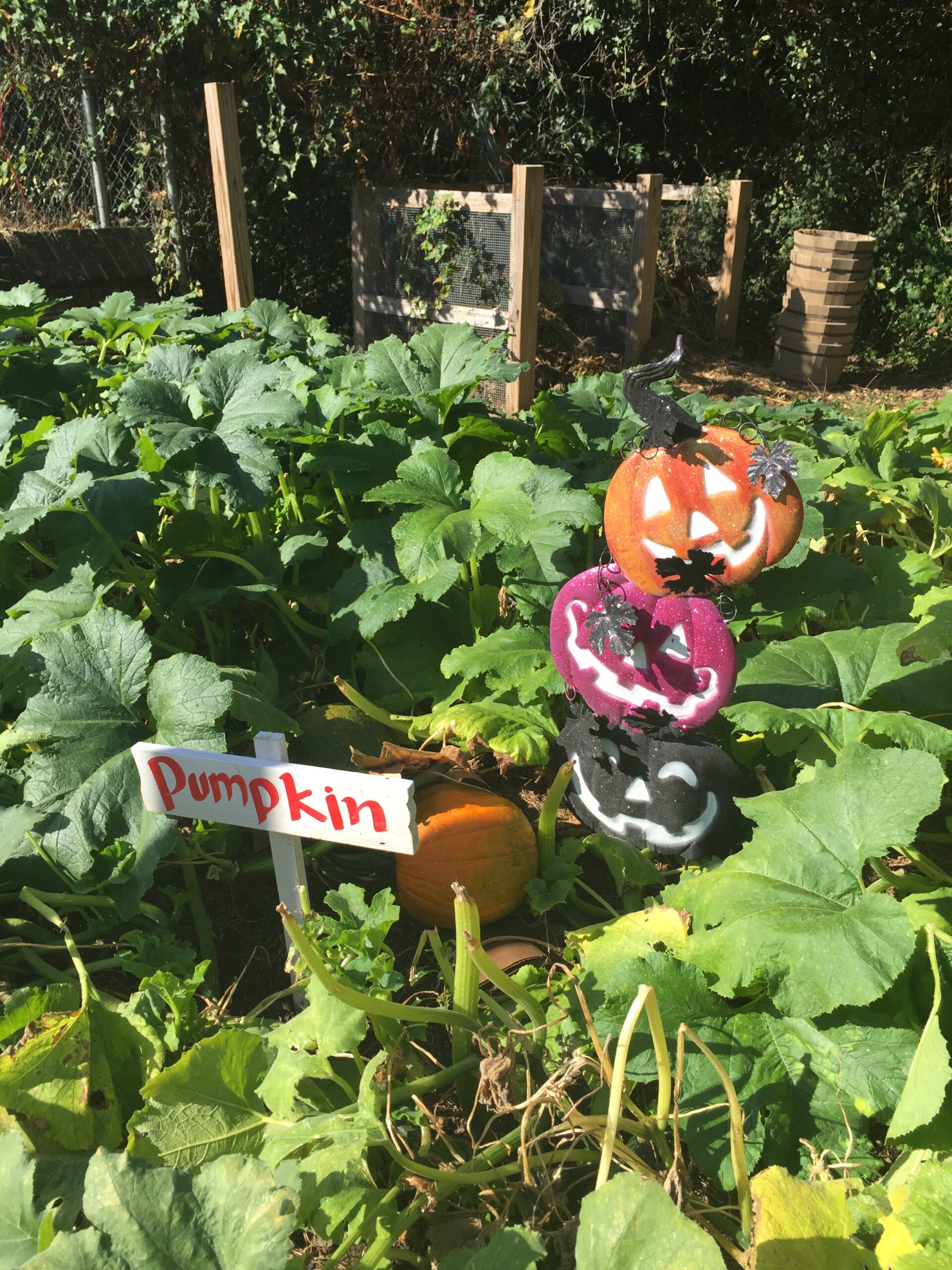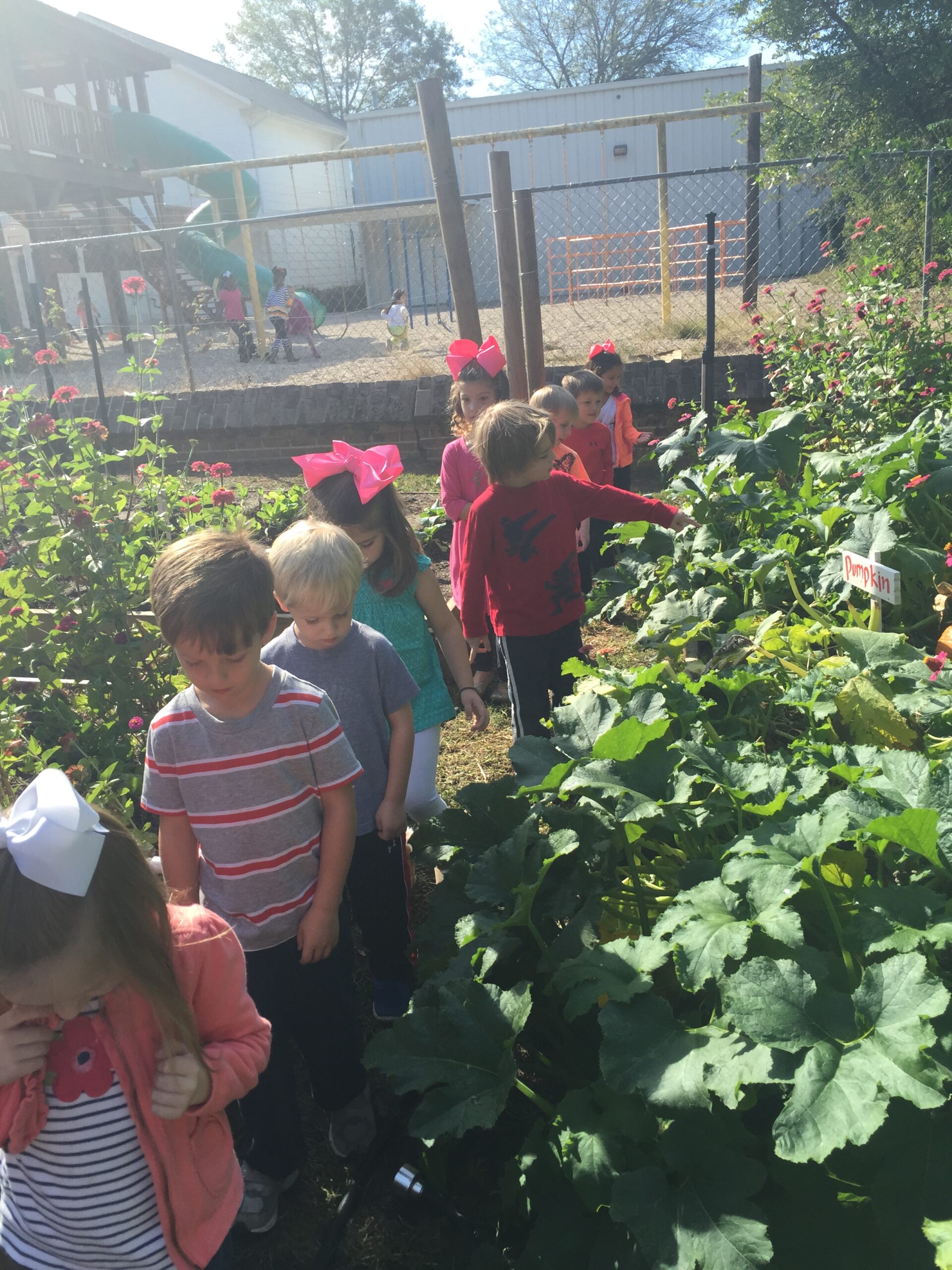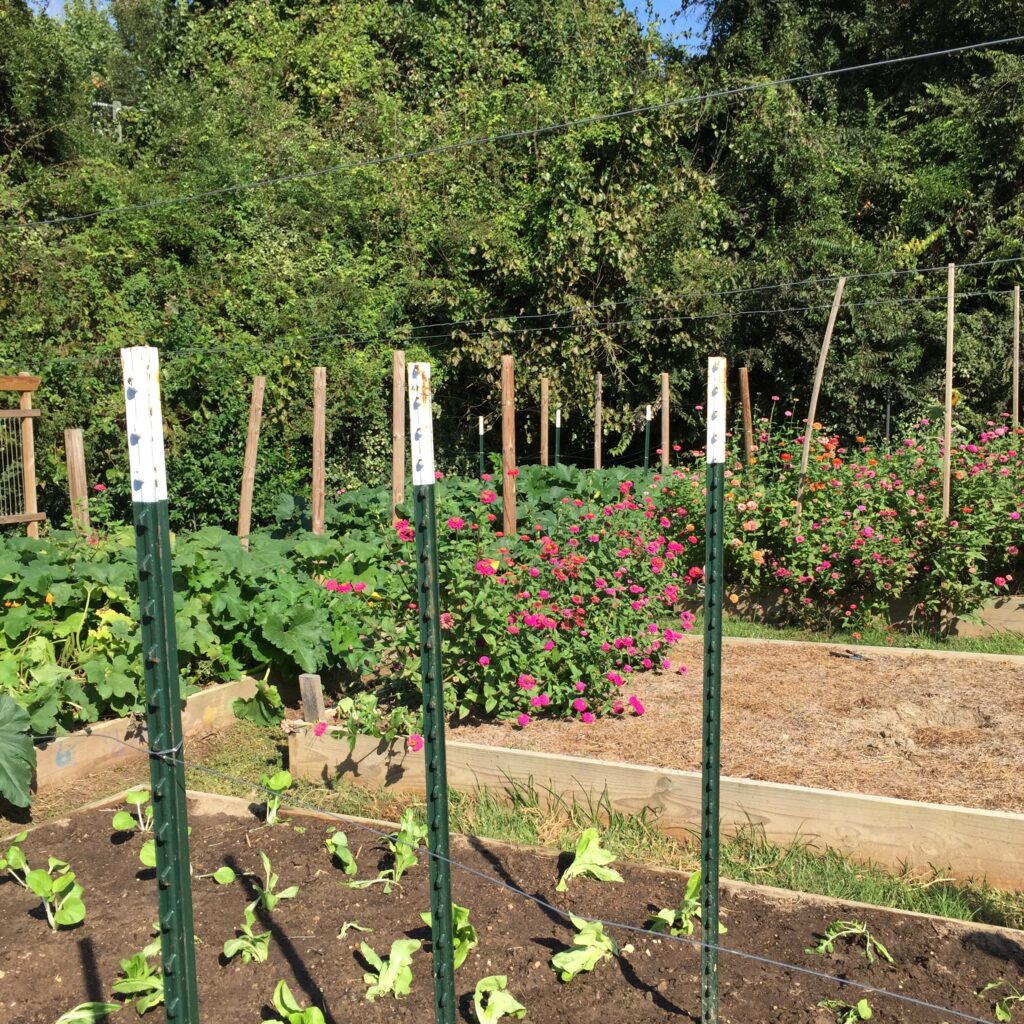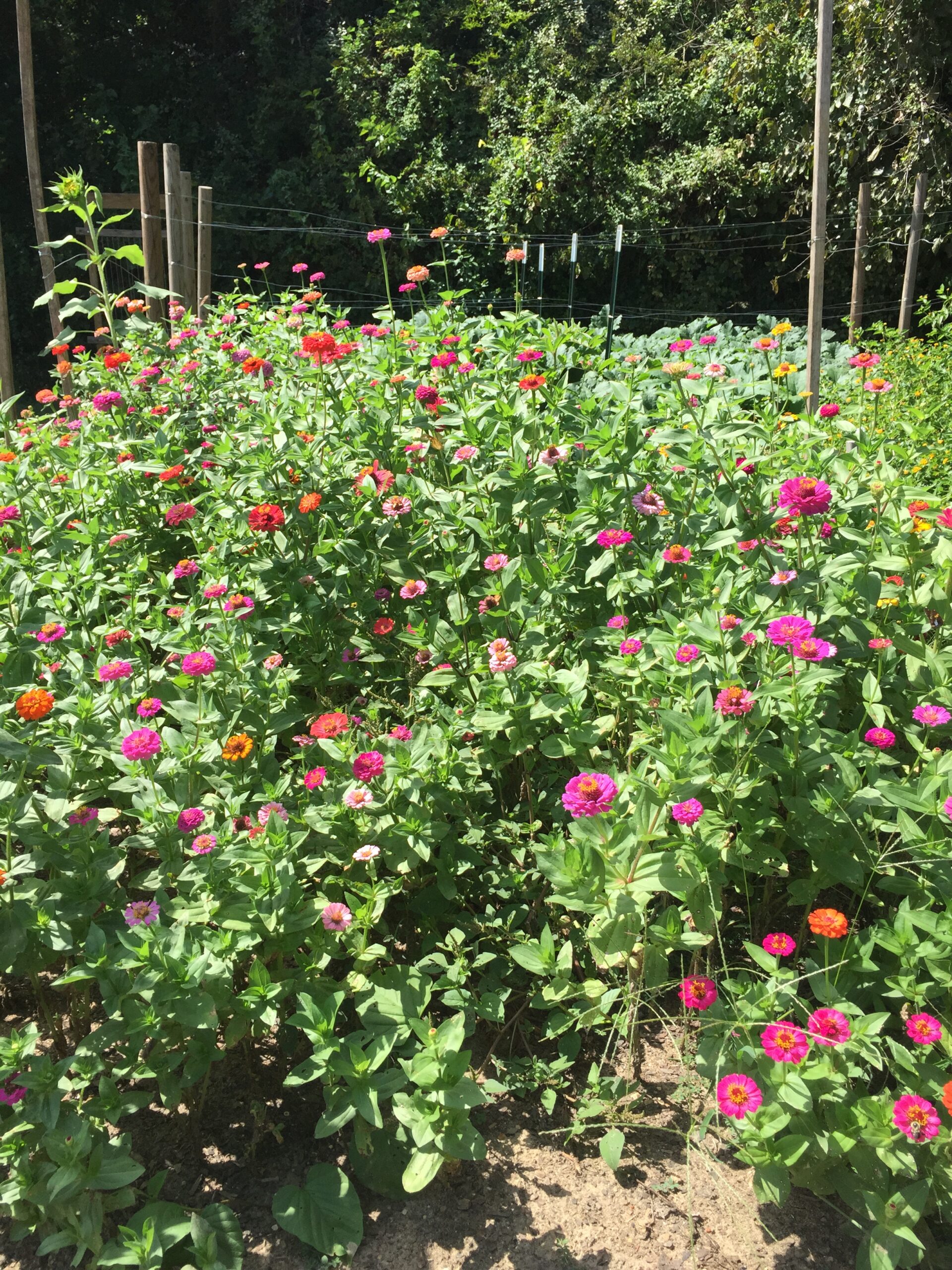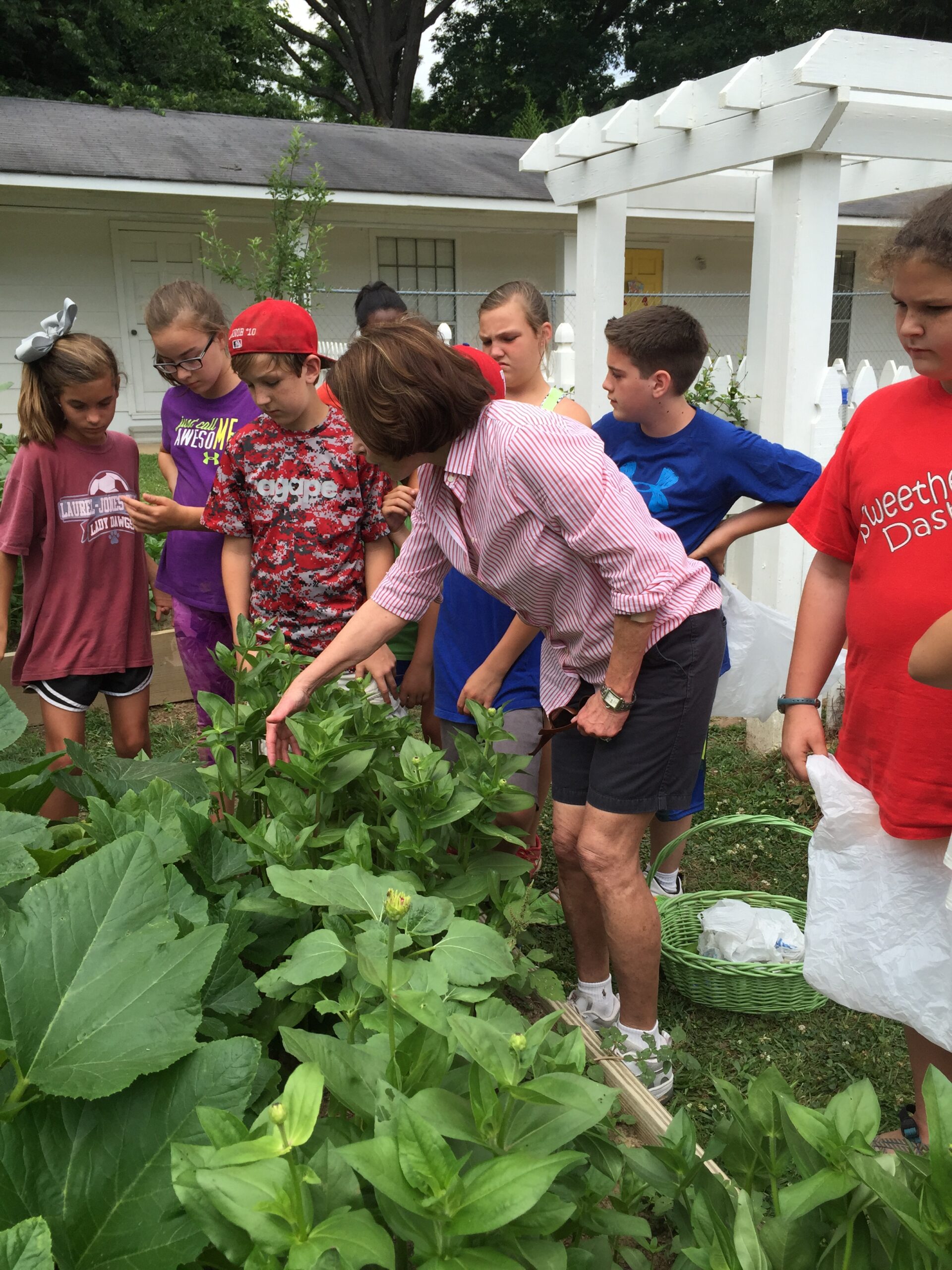Inspired by Alice Waters, Lynda Posey had longed wanted a method to inspire and instruct young people in Mississippi to grow, prepare, and eat healthy foods. Despite our fast-food mentality, Lynda feels that children will embrace fresh, nutritious food if given the opportunity to experience those foods in a personal, hands-on way. When she met Carolyn Stone in the fall of 2011, she discovered that they had similar ideas. As a result of their exchange of ideas and goals, the incredible edible sustainable organic garden at St. John’s was born and has proven in the last seven years to be one adventure after another.
Using organic gardener Gene Harlow’s ideas on sunlight and raised beds, a site was chosen in the northwest corner of the schoolyard. The Mississippi Extension Service also provided guidance. The Garden Gurus became the name of our committee made up of patrons and parents who were interested in the idea; they helped to develop the plan and to help raise money by asking for donations and selling seeds. Soon we had eight beds with children’s handprints on the sides and a picket fence to separate them from the playground. Each class, K3 through 6th grade, had an area to cultivate, plant, and harvest. Our first garden produced squash, tomatoes, cucumbers, and peppers with marigolds planted in front of the beds. A winter garden followed, and Lynda was able to show students how to harvest, wash, store, and prepare greens for a salad. By the following summer, the students were selling vegetables at the Farmer’s Market in June and July. Parents and students volunteered to work in the garden in the summer. This continued for three summers.
Time to work in the garden and having enough people to take care of it on a consistent basis is a challenge. We tried involving grandparents with some success, and teachers would bring classes out as requested, but the most successful strategy was to make gardening a class that each class met one time per week and completed assigned tasks. That proved to be by far the best strategy for consistently getting the garden in the minds of the children and having teachers involved. Lynda and Carolyn visited other school gardens in Atlanta, New Orleans, Oak Grove, and Tuscaloosa, and that seemed to be the consensus on making the school an integrated part of the daily life of the school which is one of the major goals.
The Hoe and Hope Club, our school gardening club for sixth graders sponsored by the Laurel Garden Club, planted a butterfly garden in one of the raised beds. This club has helped to keep the garden meaningful by conducting classes in the garden and informing students about the importance of planting bee and butterfly-friendly species.
Money to pay for outside help, equipment, and supplies is a constant concern. The school formed a partnership with a local nursery to sell plants in the spring and fall and Christmas trees in the winter. This has been very successful and an easy way to earn the extra money needed.
From the first season on, nut grass has been a villain in the garden. Many small hands have had to pull up this grass, and we still fight it. It does provide a valuable lesson for students though as they learn it’s best to get those grass sprouts early.
We invited Felder Rushing, a noted Mississippi gardener, lecturer, and internationally acclaimed author to visit the garden. We tried to make our garden spectacular for his visit, and we succeeded. He proclaimed it “the best school garden he had seen in Mississippi” and went on to conduct staff development for the teachers and to offer lots of useful ideas.
Walt Grayson, who had come in the second year of the garden, also came back in October and filmed a segment that aired on our local and Jackson television stations. He also was impressed with the way that the garden completes the St. John’s campus, making a statement consistent with the age of the one hundred and twenty-year-old house.
Our goal has been and still is to establish the organizational structure through which the organic garden is permanent and sustainable. That continues to develop as we move through the various stages of the garden. It is mature now, producing whatever we plant and whatever the seasonal variances will allow. Having a full-time caretaker is problematic and making time in the instructional program already crammed full is a serious consideration. Both of those issues, however, pale in comparison to the benefits of the program. Children love it; they connect what they’re learning in the classroom to real happenings in the garden. We call it the “I see pollination!” phenomena. Tremendous, untapped teaching/learning opportunities loom ahead, and we continue to strive to put the food on the table. After all is said and done, it’s all about the students.



